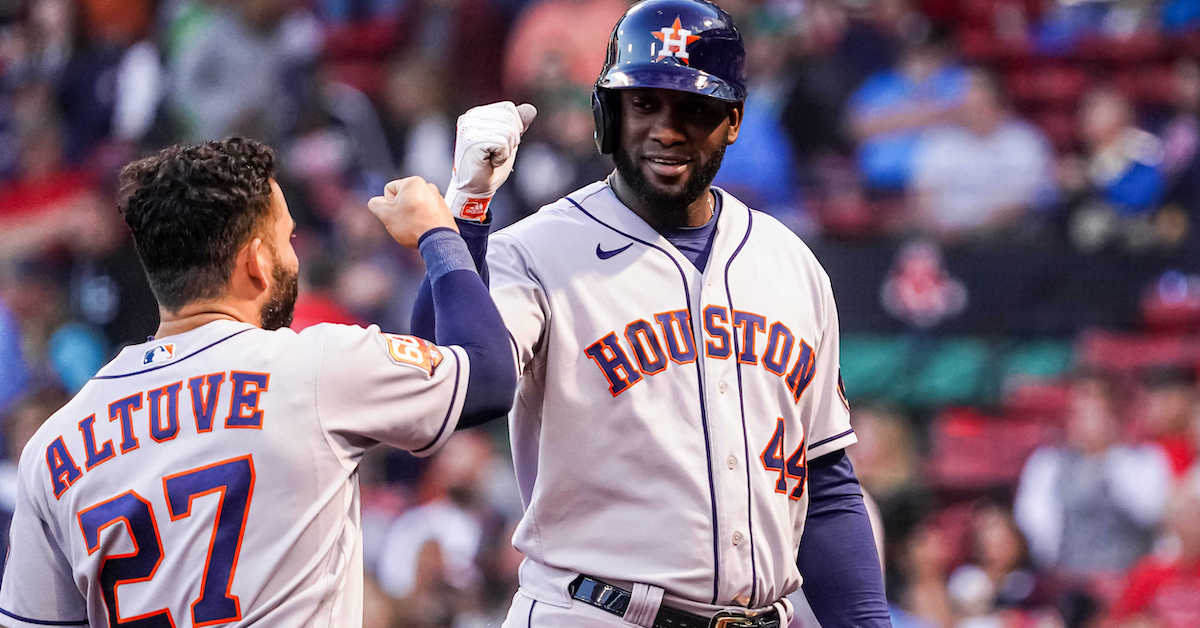The Rays Extended Two More Good Players

The Rays are infamous for running a tight ship payroll-wise, and because arbitration salaries are usually higher than rookie ones, they tend to trade arbitration-eligible players for younger, more cost-controlled talent. Then those new contributors develop into solid major leaguers, who become arbitration-eligible and therefore trade-eligible… and the cycle continues.
Yet the Rays have been good despite this. A major flaw in the described rinse-and-repeat style of roster management is that it depends on a regular influx of talent; without legitimate prospects in the farm system, you’d simply be making the big league squad worse, one trade at a time. Of course, the Rays are also known for their scouting and player development acumen, churning out viable big leaguers at a rate that, compared to other organizations, seems supersonic. But this too isn’t foolproof: Even if you run a supposedly smart front office, there’s a good chance that you’ll be wrong about a prospect or a trade acquisition more often than you’re right. That’s just how baseball works; you find yourself fighting to minimize risk, not to maximize return.
So really, the best option might be to avoid this conundrum in the first place. A good way to do that is to lock up your fresh-faced stars to contract extensions, à la the Braves of recent years. I don’t know if the Rays are following in Alex Anthopoulous’ footsteps, but they do seem to have become more open to the idea of making multiple multi-year commitments. As our Chris Gilligan covered, they recently signed Jeffrey Springs to a four-year contract extension with a club option for a fifth year. But the Rays weren’t done, as Jeff Passan reported last Friday:
Reliever Pete Fairbanks and the Tampa Bay Rays are in agreement on a three-year, $12 million contract extension, sources tell ESPN. Deal includes a fourth-year club option and comes off a year in which Fairbanks finished with 22 scoreless IP.
— Jeff Passan (@JeffPassan) January 27, 2023









